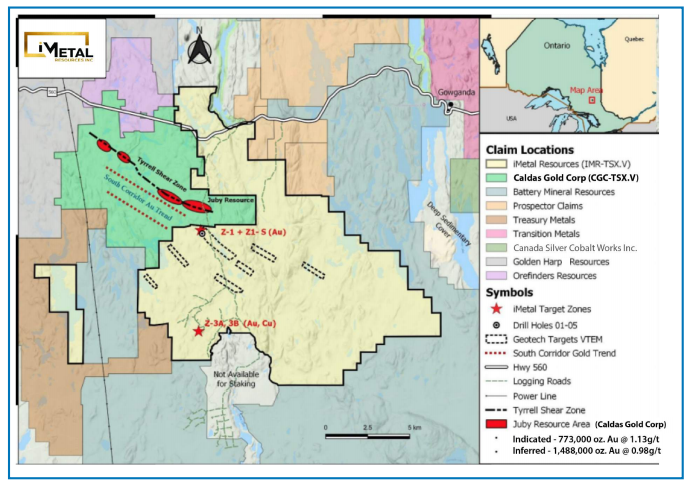EIA: Oil Price to Average Nominal $200 by 2035
Source: Automated Trader, Brai Odion-Esene (12/16/10)
"Oil prices to rise slowly as global economy recovers and demand grows."
After a sharp fall in 2008, oil prices will rise gradually as the global economy recovers and global demand grows "more rapidly" that liquids supplies from non-OPEC producers, the EIA predicted Thursday.
In its Annual Energy Outlook Reference case, the EIA presented updated projections for U.S. energy markets through 2035. It estimates the average real price of crude oil will be $125/barrel "in 2009 dollars," or about $200/barrel in nominal dollars.
In the report, real prices (in 2009 dollars) for gasoline and diesel increase from $2.35 and $2.44 per gallon in 2009 to $3.69 and $3.89/gallon, respectively, in 2035.
"The AEO2011 Reference case assumes that limitations on access to energy resources restrain the growth of non-OPEC conventional liquids production between 2009 and 2035, and that OPEC targets a relatively constant market share of total world liquids production," the EIA said. It added that the degree to which non-OPEC countries and countries outside the OECD restrict access to potentially productive resources contributes to world oil-price uncertainty. Other factors causing uncertainty include OPEC investment decisions, which will affect future prices and the economic viability of unconventional liquids.
The EIA projects world liquids consumption to grow from 83.7 million barrels per day (Mbbls./d) in 2009 to 110.8 Mbbls./d in 2035, with most of the growth expected from non-OECD countries/regions led by China, India and the Middle East.
On the supply side, the EIA noted that in several resource-rich regions—Brazil, Russia and Kazakhstan—high oil prices, expanded infrastructure and further exploration and drilling investment should contribute to additional non-OPEC oil production.
Within the U.S., crude oil production is projected to rise from 5.4 Mbbls./d in 2009 to 6.1 Mbbls./d in 2019, before declining slightly through 2035. The EIA sees increases in production coming from onshore enhanced-oil recovery projects and shale oil plays.
In its Annual Energy Outlook Reference case, the EIA presented updated projections for U.S. energy markets through 2035. It estimates the average real price of crude oil will be $125/barrel "in 2009 dollars," or about $200/barrel in nominal dollars.
In the report, real prices (in 2009 dollars) for gasoline and diesel increase from $2.35 and $2.44 per gallon in 2009 to $3.69 and $3.89/gallon, respectively, in 2035.
"The AEO2011 Reference case assumes that limitations on access to energy resources restrain the growth of non-OPEC conventional liquids production between 2009 and 2035, and that OPEC targets a relatively constant market share of total world liquids production," the EIA said. It added that the degree to which non-OPEC countries and countries outside the OECD restrict access to potentially productive resources contributes to world oil-price uncertainty. Other factors causing uncertainty include OPEC investment decisions, which will affect future prices and the economic viability of unconventional liquids.
The EIA projects world liquids consumption to grow from 83.7 million barrels per day (Mbbls./d) in 2009 to 110.8 Mbbls./d in 2035, with most of the growth expected from non-OECD countries/regions led by China, India and the Middle East.
On the supply side, the EIA noted that in several resource-rich regions—Brazil, Russia and Kazakhstan—high oil prices, expanded infrastructure and further exploration and drilling investment should contribute to additional non-OPEC oil production.
Within the U.S., crude oil production is projected to rise from 5.4 Mbbls./d in 2009 to 6.1 Mbbls./d in 2019, before declining slightly through 2035. The EIA sees increases in production coming from onshore enhanced-oil recovery projects and shale oil plays.


























































